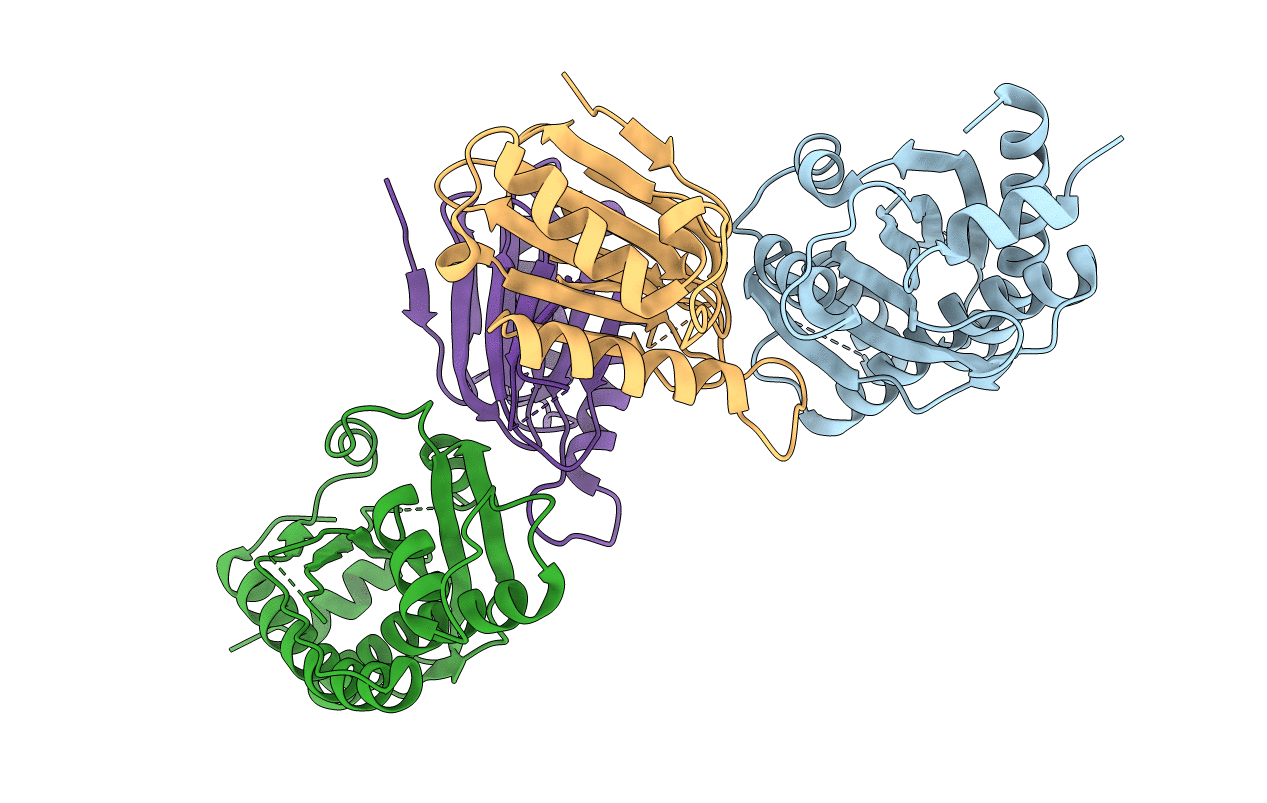
Deposition Date
2005-12-06
Release Date
2006-06-06
Last Version Date
2023-08-30
Entry Detail
PDB ID:
2F9Z
Keywords:
Title:
Complex between the chemotaxis deamidase CheD and the chemotaxis phosphatase CheC from Thermotoga maritima
Biological Source:
Source Organism:
Thermotoga maritima (Taxon ID: 243274)
Host Organism:
Method Details:
Experimental Method:
Resolution:
2.40 Å
R-Value Free:
0.27
R-Value Work:
0.21
R-Value Observed:
0.21
Space Group:
P 32


